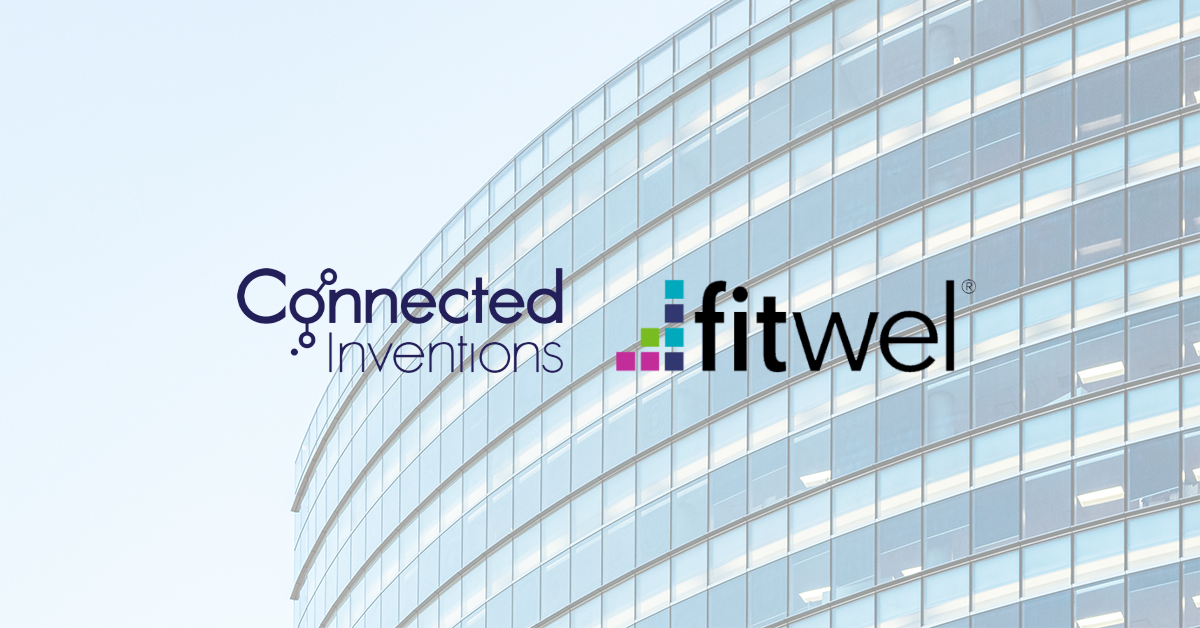Fitwel Building Standard
Fitwel is a leading certification programme that optimises buildings and communities to promote health and wellbeing. Originally developed by the U.S. Centers for Disease Control and Prevention, the U.S. General Services Administration, and the Center for Active Design, Fitwel has been created based on extensive research, analysing over 3,000 academic studies. Their standard offers a comprehensive approach to creating healthier living spaces, with over 1,100+ projects globally seeking Fitwel certifications.
Unlike other certification programmes, Fitwel does not have any prerequisites or required strategies, but instead awards points for implementing each of the 55 strategies that enhance buildings. These strategies cover various aspects of the built environment, including location, access, outdoor spaces, the indoor environment, shared spaces, and water supply. However, our focus here is around indoor environments, and particularly indoor air quality.
With entire project certification processes typically taking less than 12 weeks, you can expect individual indoor air quality projects to take significantly less amounts of time. Fitwel is designed to be easy to use and flexible – driving positive change across a range of industries, implementing a vision for a healthier future where all buildings and communities are health-oriented.
Fitwel certification – Indoor air quality projects
- 6.3 Indoor air quality (IAQ) policy
- 6.4 Indoor air quality testing
- 6.5 IAQ testing results
Fitwel v2.1 Scorecard Worksheet – Single-Tenant Building: https://www.fitwel.org/resources/p/fitwel-v21-scorecard-worksheet-multi-tenant-base-building-egxe2-jpnxw
Fitwel v2.1 Scorecard Worksheet – Multi-Tenant Building: https://www.fitwel.org/resources/p/fitwel-v21-scorecard-worksheet-multi-tenant-base-building
Fitwel v2.1 Scorecard Worksheet – Multi-Tenant Whole Building: https://www.fitwel.org/resources/p/fitwel-v21-scorecard-worksheet-multi-tenant-base-building-egxe2
Fitwel certification – Earn points with Connected Inventions solutions
Fitwel v2.1 Recognises Importance of Indoor Air Quality; Cites RESET Air as Strategy: https://resetcertified.com/newsroom/148
Fitwel’s Indoor air quality scorecard category comprises of 27 points, divided among subcategories ‘Ventilation and Filtration’, ‘Source Control’, ‘Occupant Comfort’, and ‘Education and communication’. ‘Sources Control’ points are awarded for identifying and reducing indoor air pollutants.
Here’s where we come in – our Connected AirWits IAQ detects the presence of Total Volatile Organic Compounds (TVOCs), sourced from building materials, furniture, and cleaning products, in order to help building owners and managers identify sources of potentially harmful pollutants. Harnessing information, managers will now be able to take steps to monitor and ultimately reduce the VOC’s concentration and presence in the buildings. Connected AirWits IAQ, will assess the effectiveness of measures taken to reduce or eliminate indoor air pollutants – if a building has an air filtration system in place for example, our device would verify the system’s efficacy in reducing the levels of indoor air pollutants. Ultimately, our devices earns points with Fitwel’s building standard’s certifications.
The rising demand for healthy buildings
Healthy buildings can have a positive impact on employers, in the efforts to reduce absenteeism and presenteeism, whilst also lowering staff turnover, and ultimately increasing overall productivity. Millennials, who will soon become the largest workforce cohort prefer healthy workplaces, with 78% considering workplace quality an important factor in their job search. Furthermore, 69% of them are willing to prioritise better working environments over other benefits. (1)
Commonly tracked health metrics. A New Investor Consensus Report – page 17.
Being prepared and equipped for future modern-day pandemics like COVID-19 – many companies have introduced hybrid ways of working, allowing employees to work both from home and on-premise. Which begs the question – do employees (both current and potential) consider this a competitive advantage? Short and simple answer – yes, absolutely, with reasons almost self-explanatory at this stage. Thus warranting a need for healthy buildings when employees turn up in offices, so much so that 89% of the New Investors Consensus survey respondents describe current demand for healthy buildings as either “moderate” or “strong” with 11% responding “minimal demand” required.
With eye opening figures
According to the company’s own information and a reliable third-party source, the institutions involved in the survey had a total aggregate asset under management (AUM) of USD5.75 trillion and held real estate investments in their portfolios worth around USD1.03 trillion. The currency conversions were calculated based on the exchange rates available as of December 31st, 2020.
The motivations from the survey is diverse – The top 4 reasons for investing in healthy buildings, as cited by percentage of respondents:
- Covid-19 (91%)
- Tenant satisfaction (91%)
- Human health (87%)
- Market Differentiation (86%)
Links/Citations:
- Resources/Scorecards: https://www.fitwel.org/resources/fitwel-v21
- Fitwel v2.1 Recognises Importance of Indoor Air Quality; Cites RESET Air as Strategy: https://resetcertified.com/newsroom/148
- (1) A new investor consensus: The Rising Demand for Healthy Buildings: https://static1.squarespace.com/static/6294f761bc48c512bfad618b/t/62fe671fd6d09415e5cbb140/1660839715762/NewInvestorConsensus_Report_vF2_03.31.21.pdf
- Hill, R., Binns, A., & Gioia, F. (2021). ‘Green’ SASB – the unlabeled ESG opportunity. Morgan Stanley & Co. LLC
- CBRE. (2016). Wellness in the workplace: Unlocking future performance. Retrieved from https://www.cbre.co.uk/-/ media/cbre/countryunitedkingdom/documents/cbre101211-wellness-in-the-workplace_final.pdf
